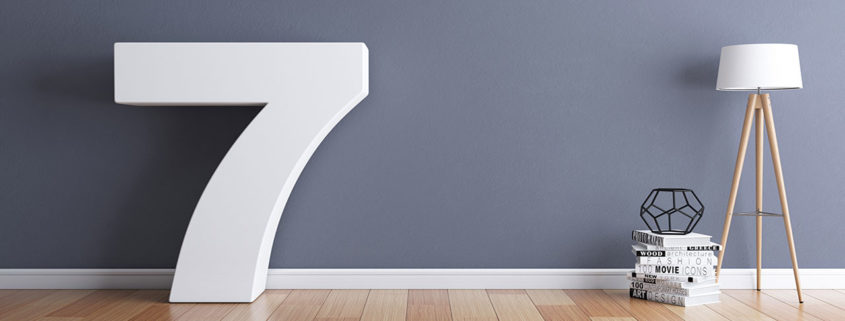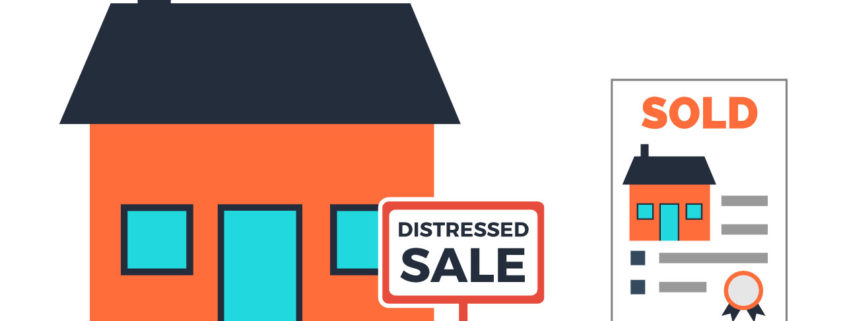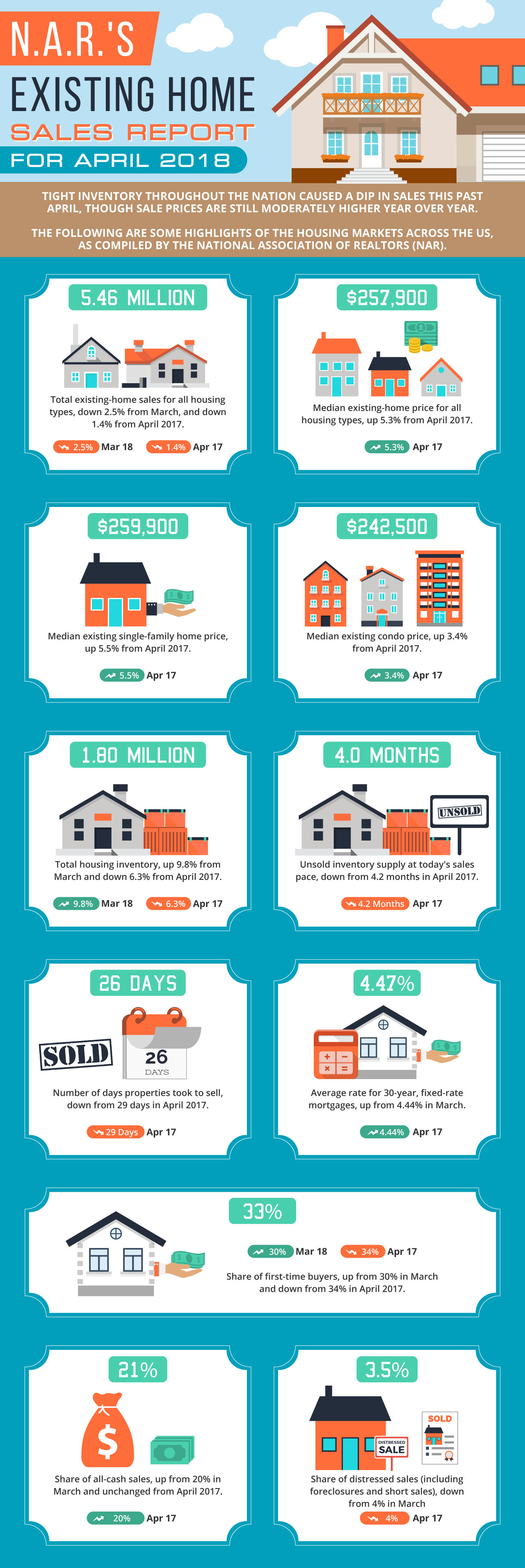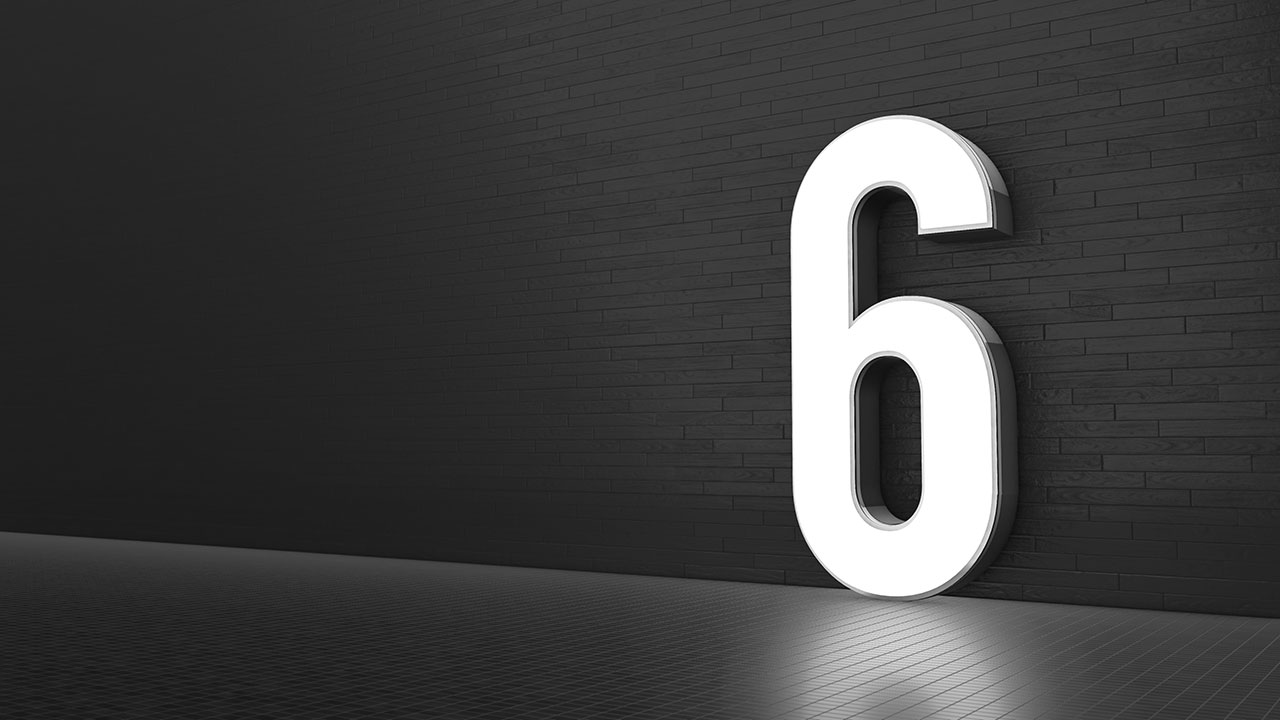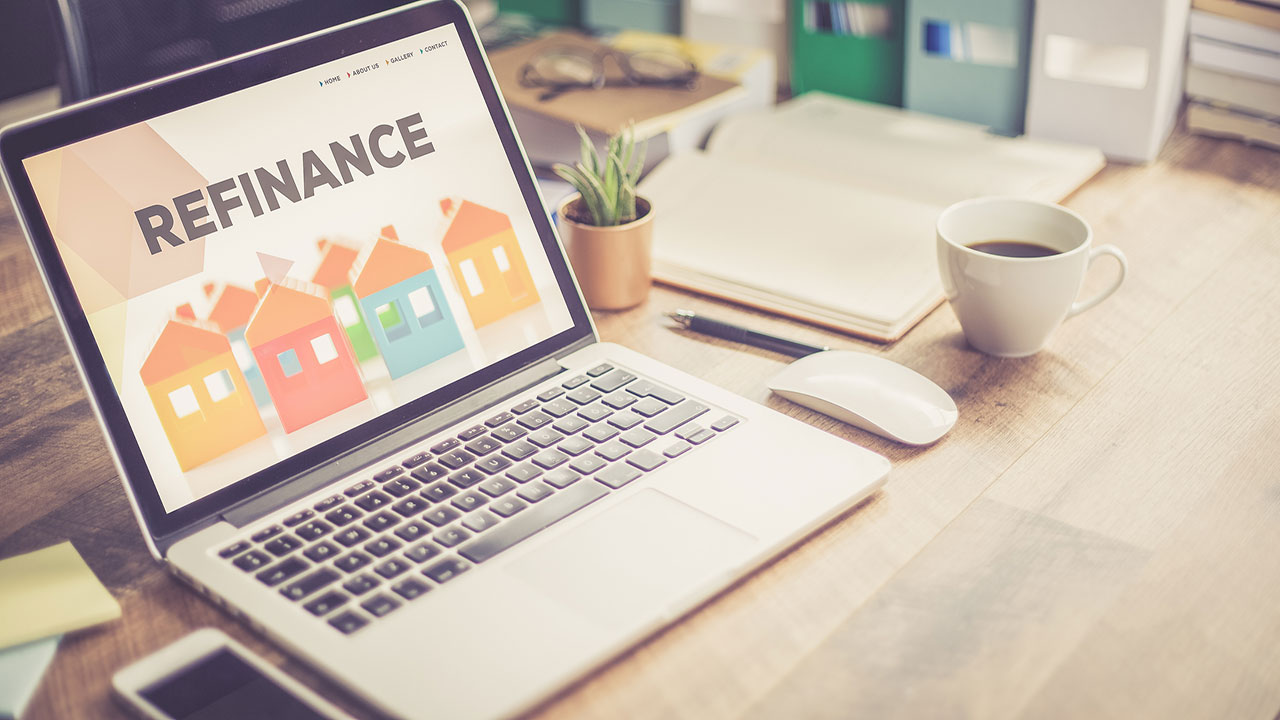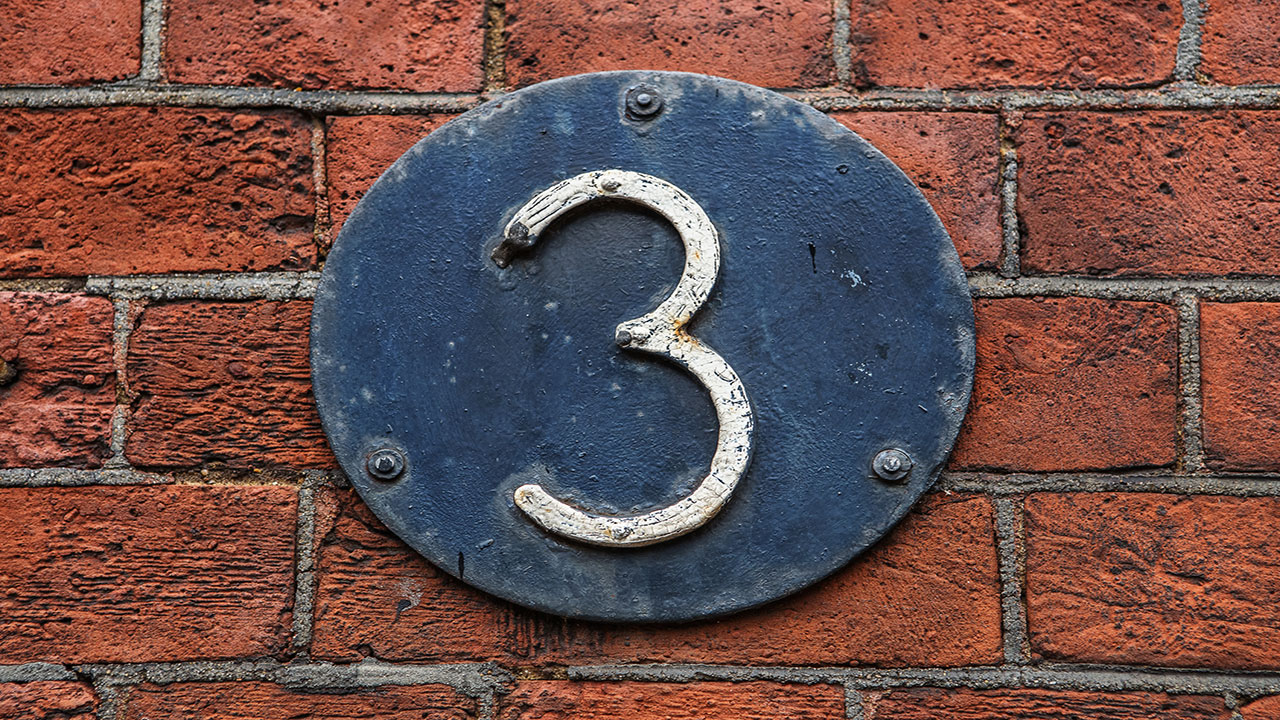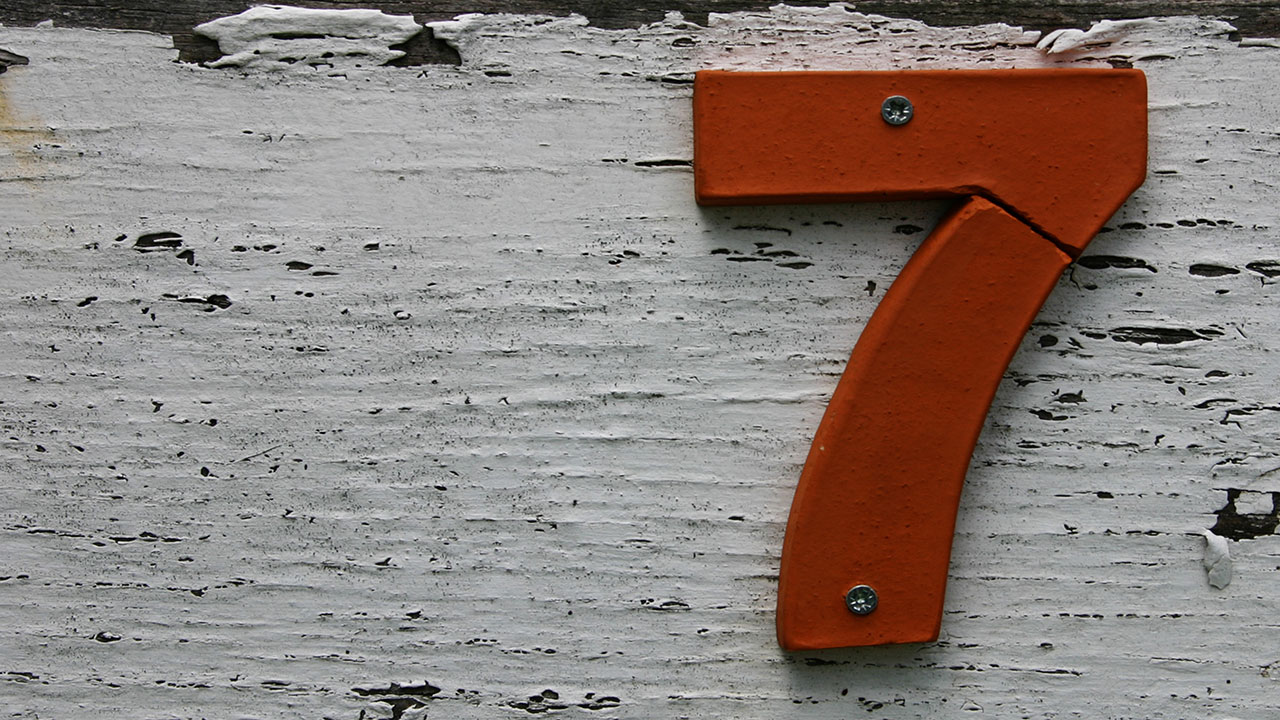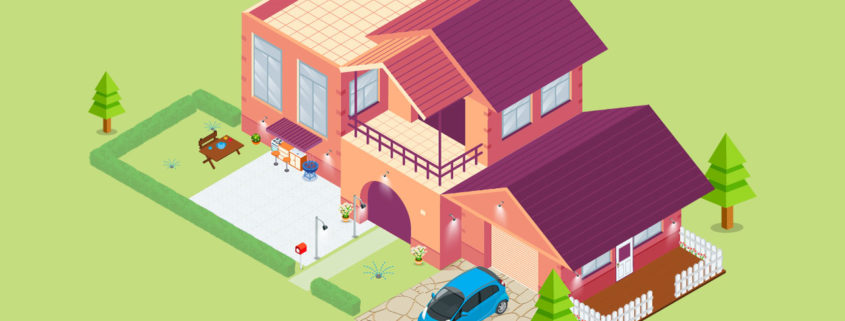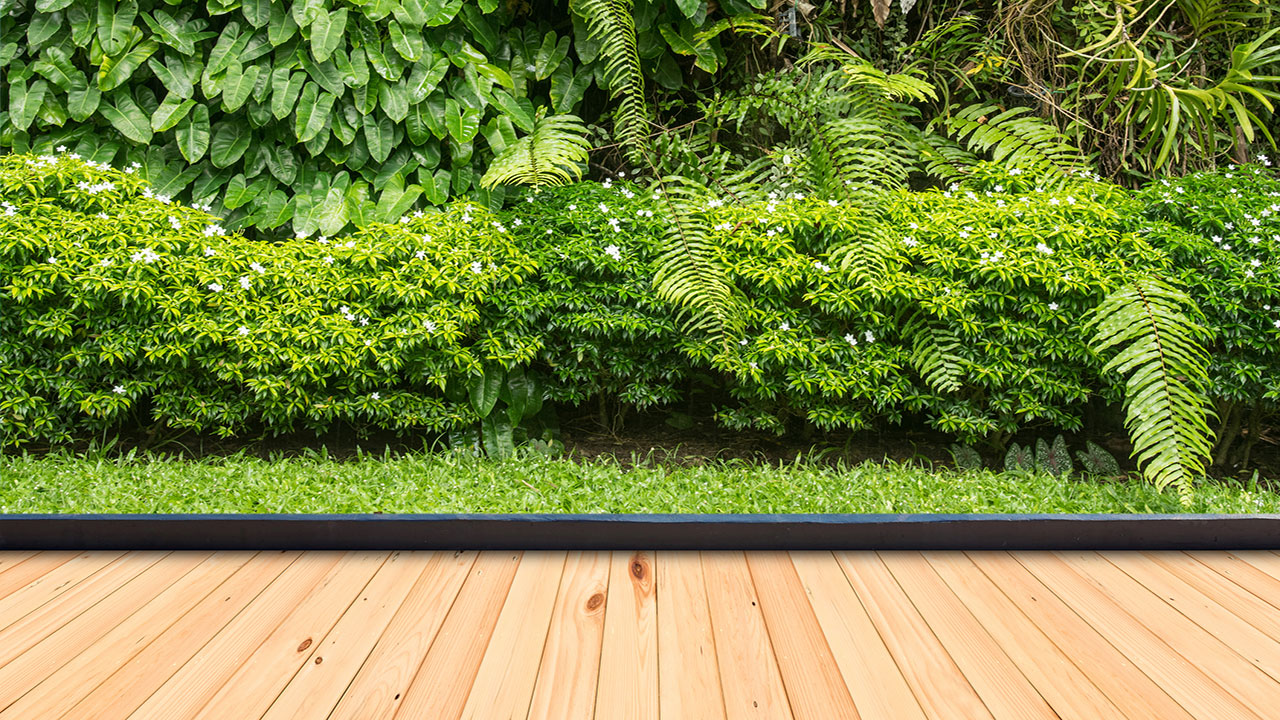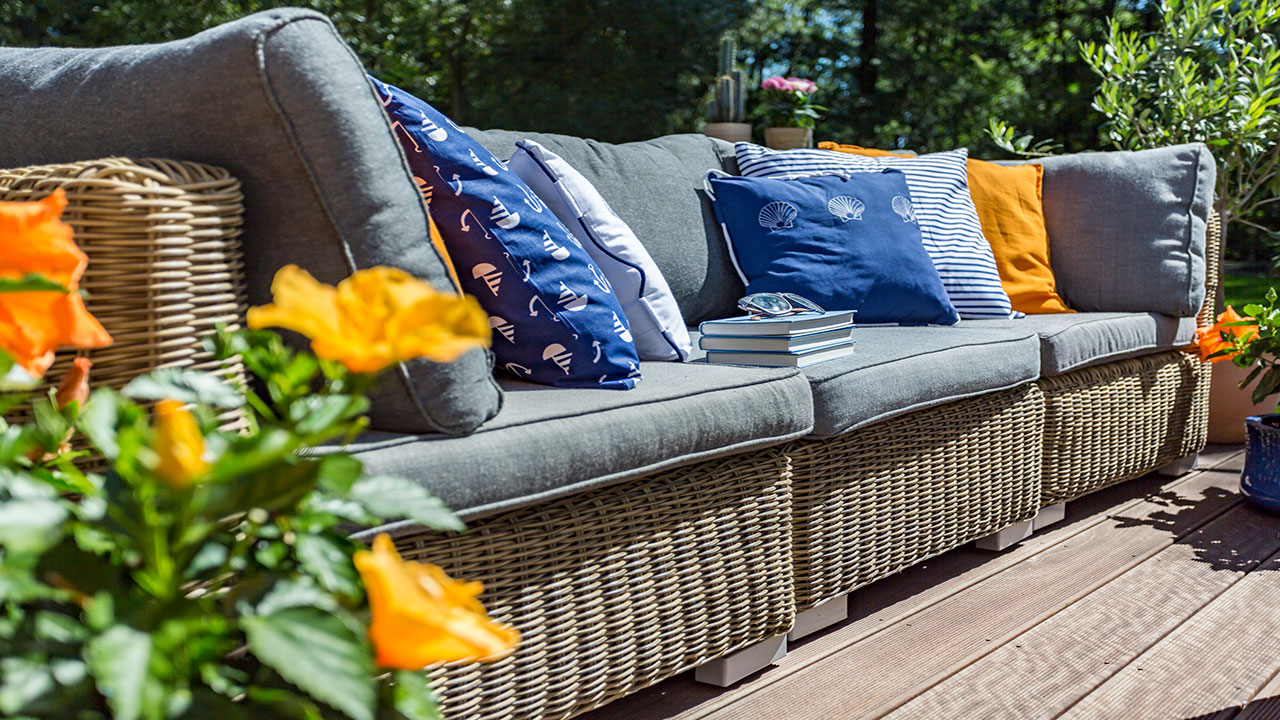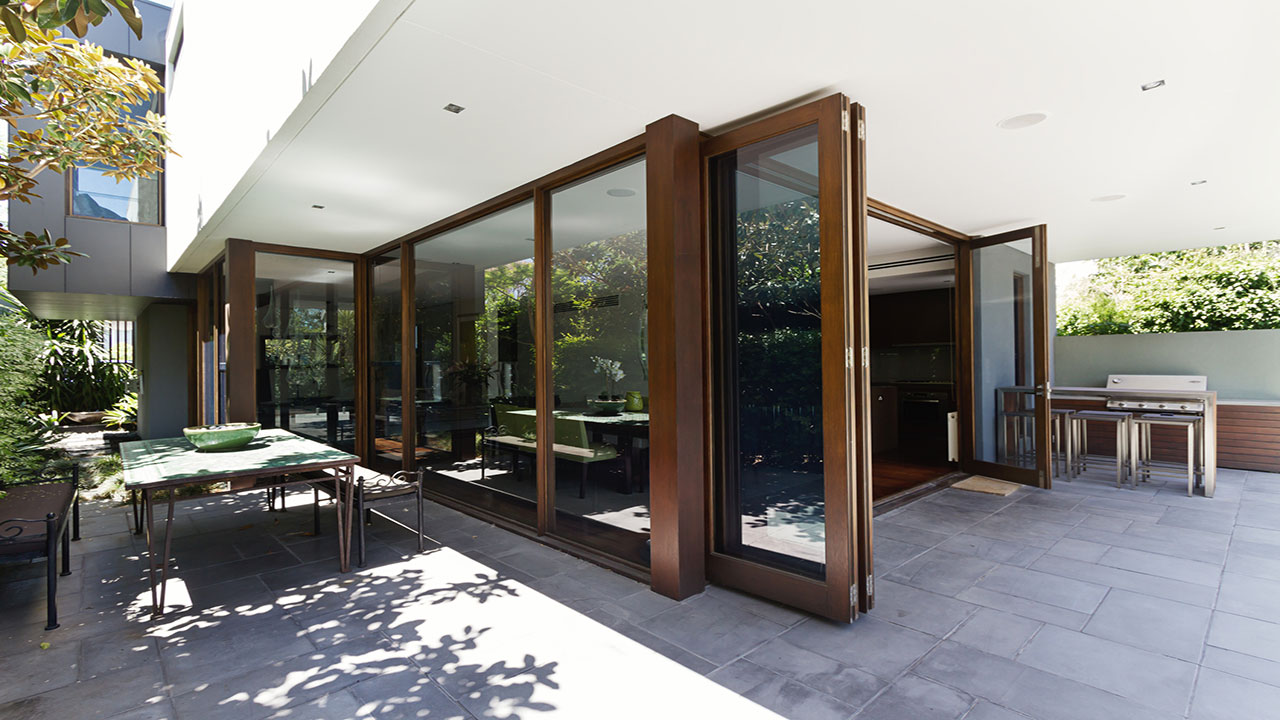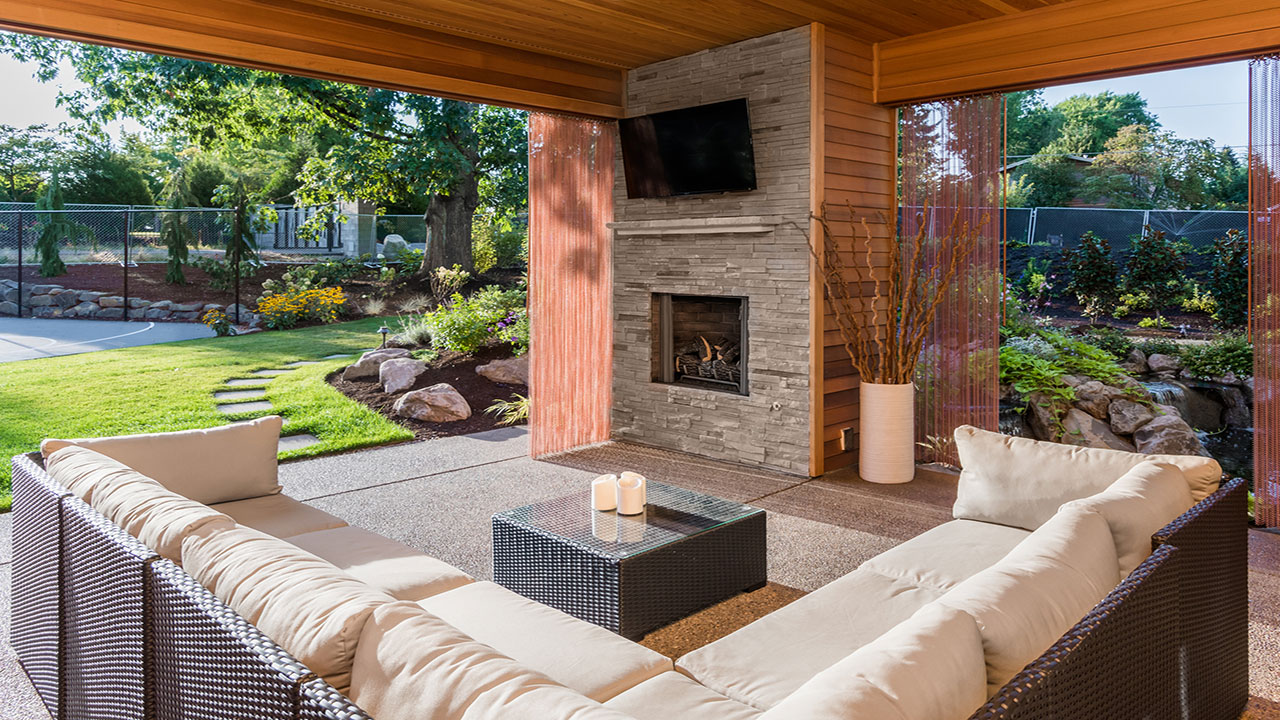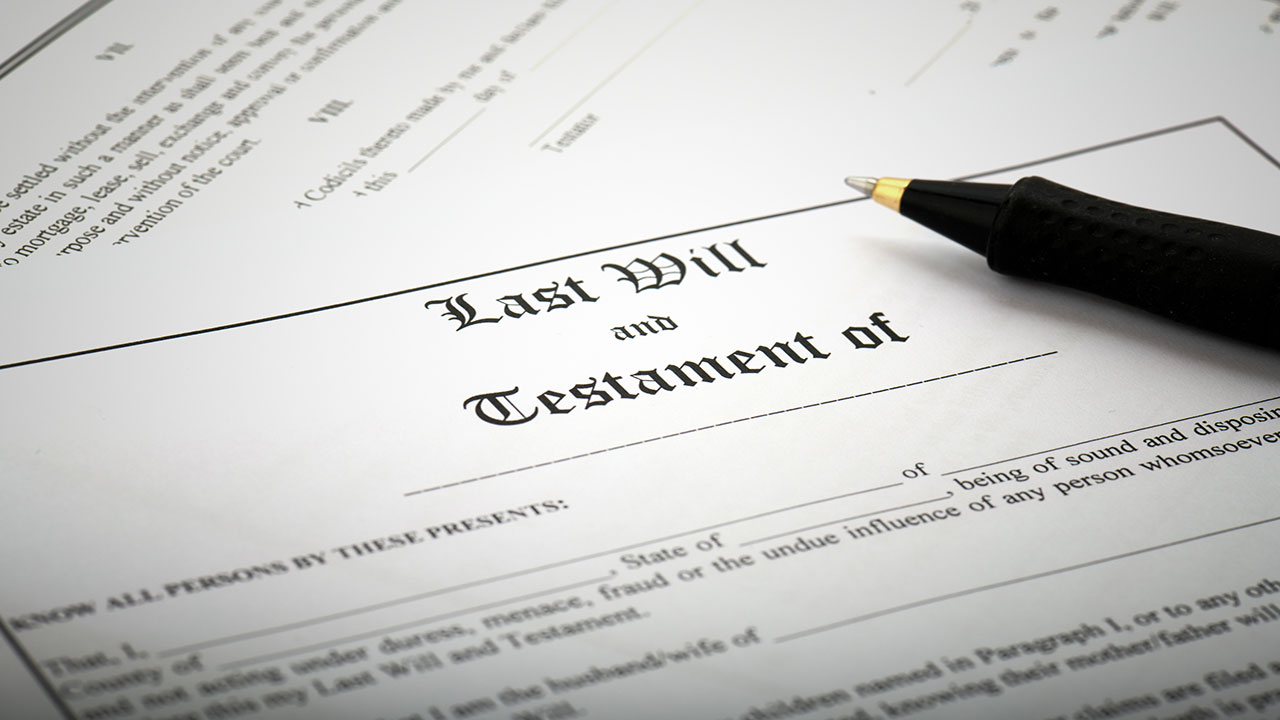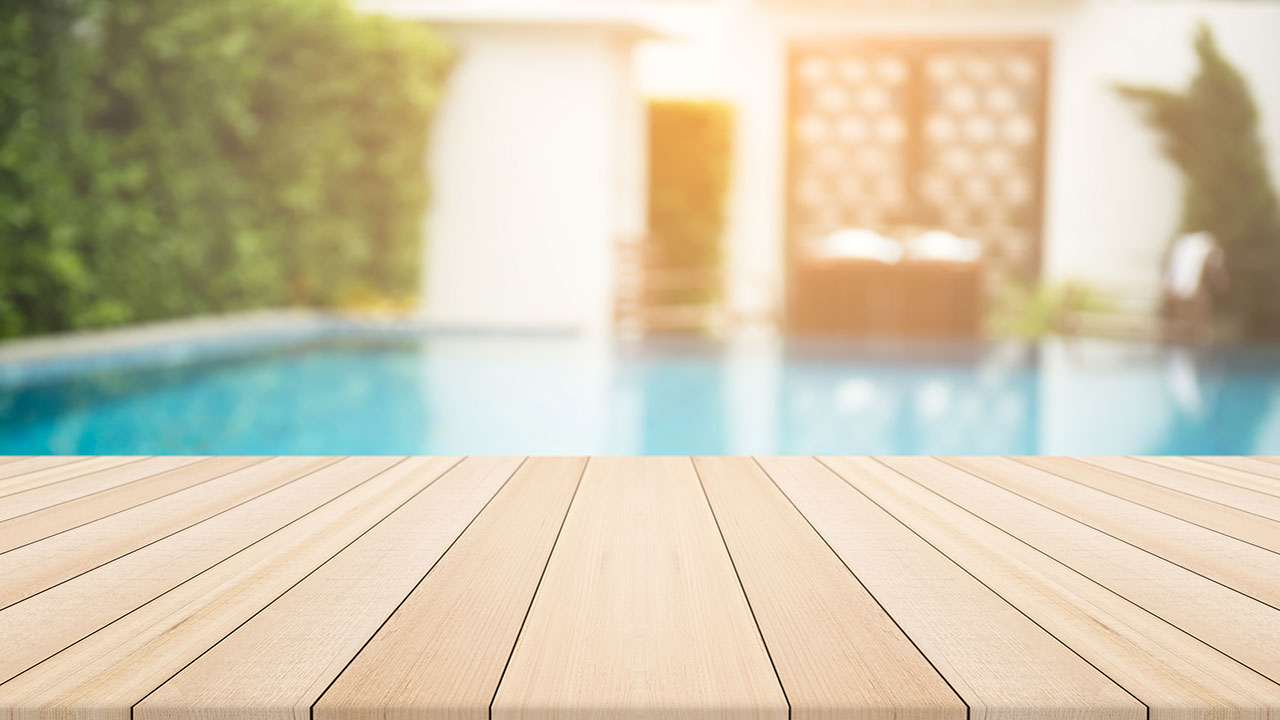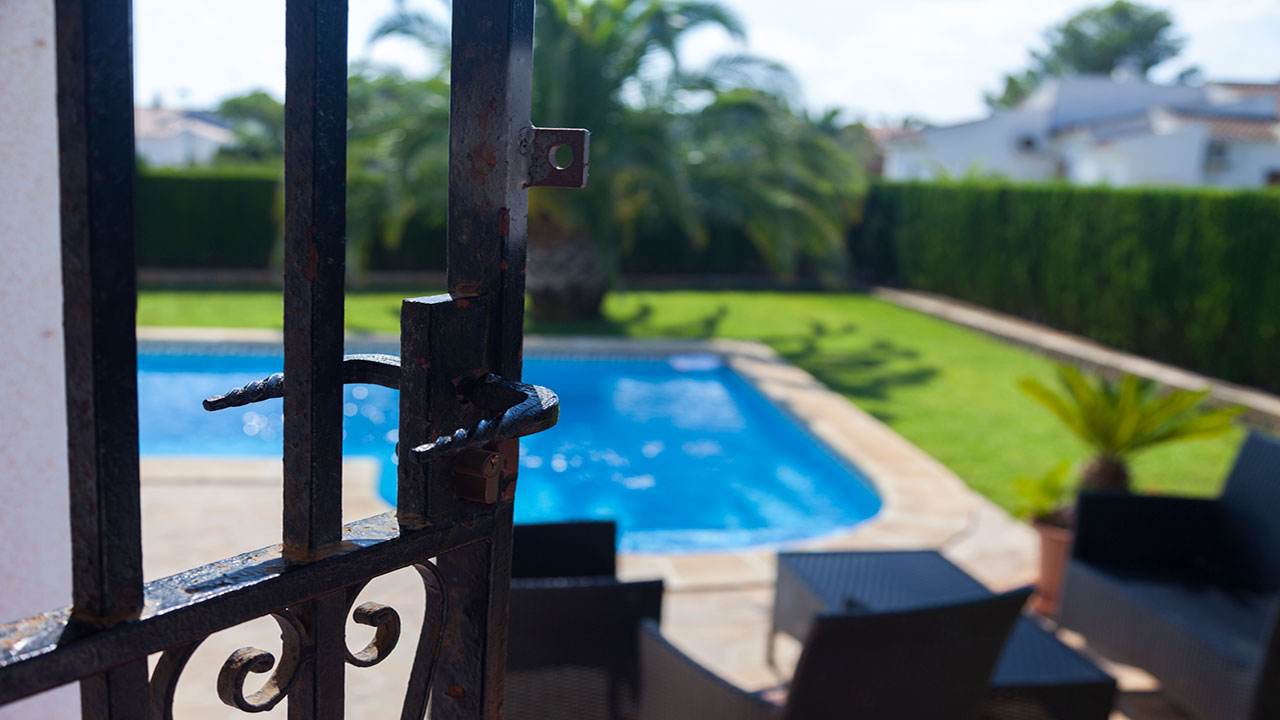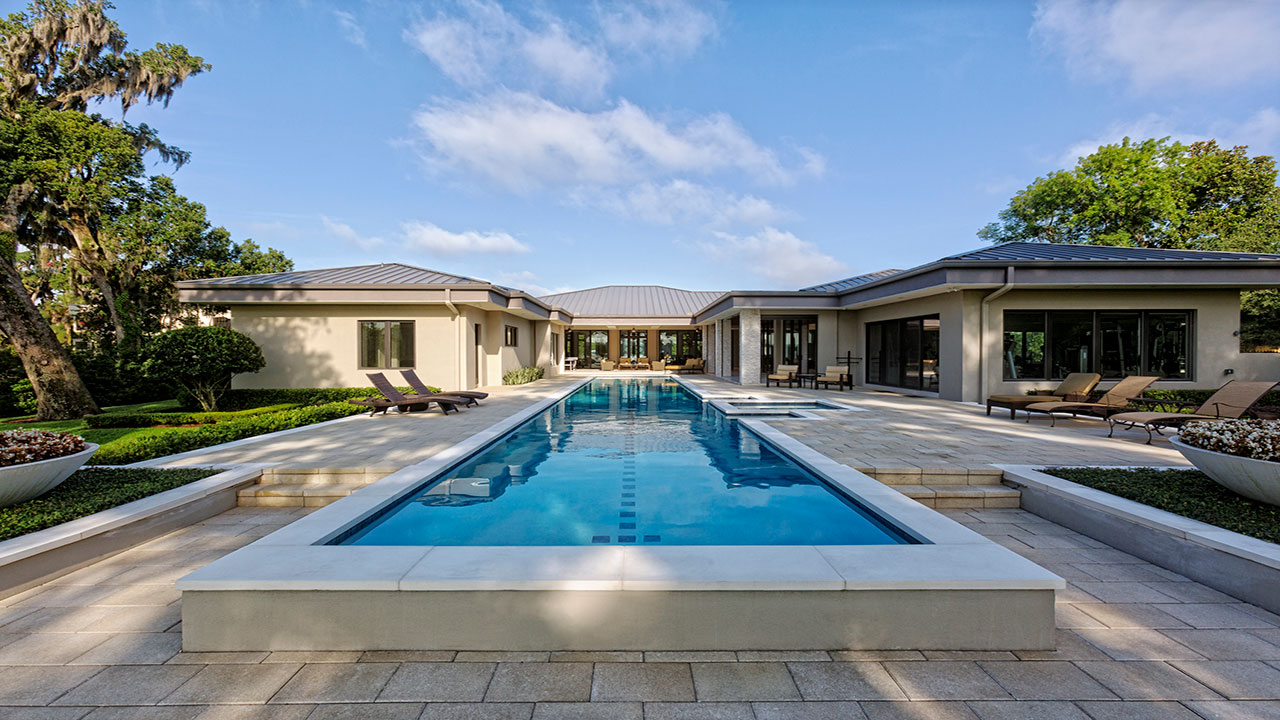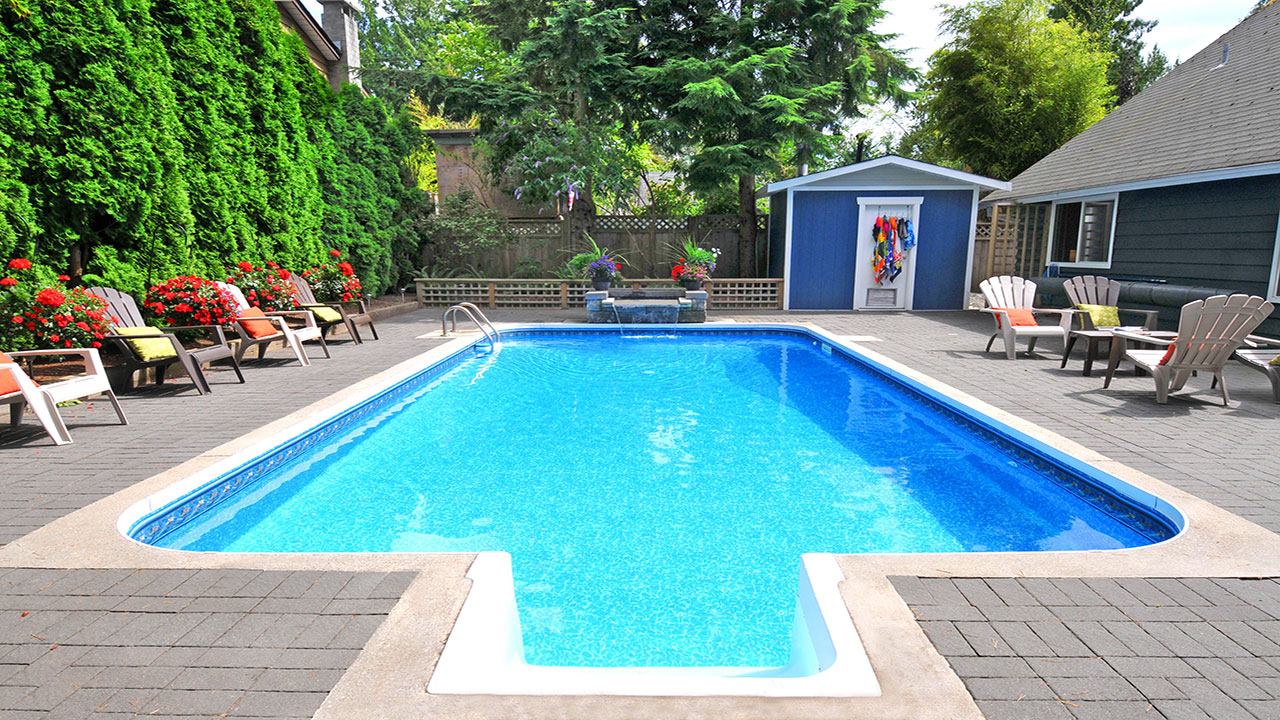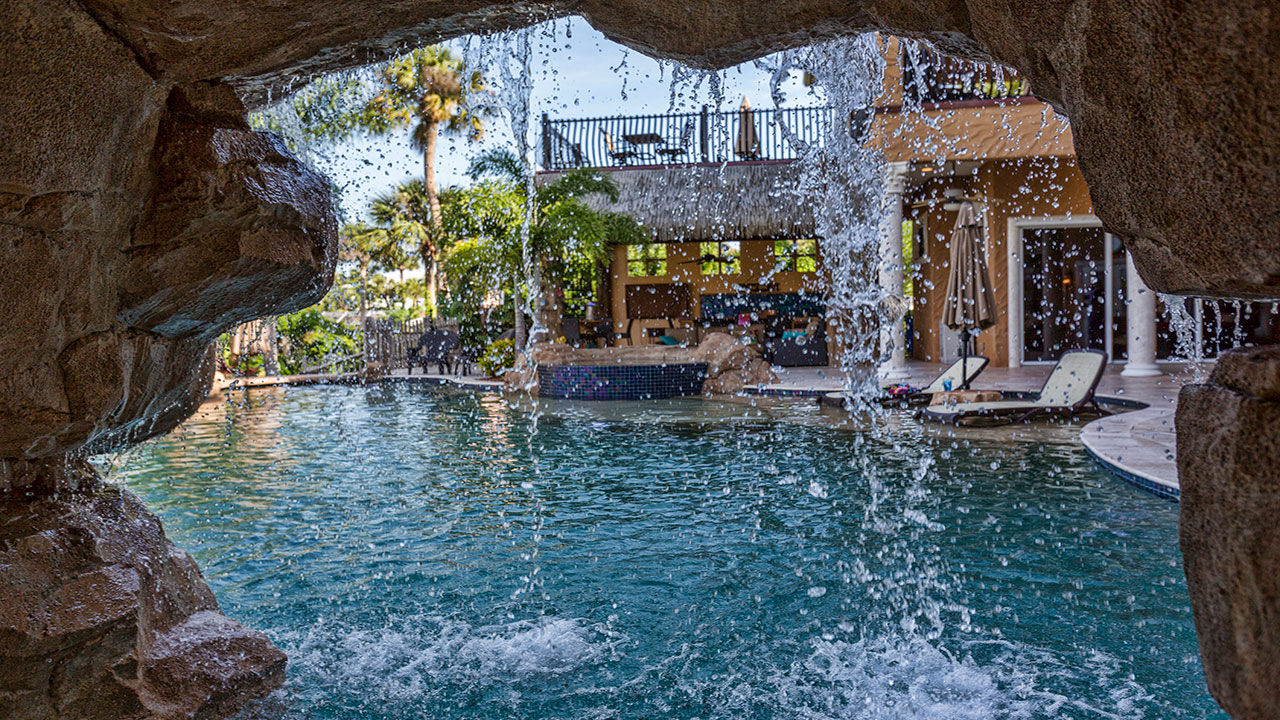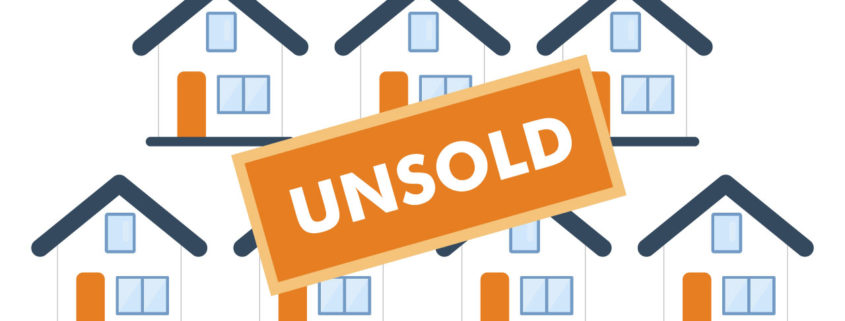7 Reasons Why Working Without an Agent is a Big Mistake
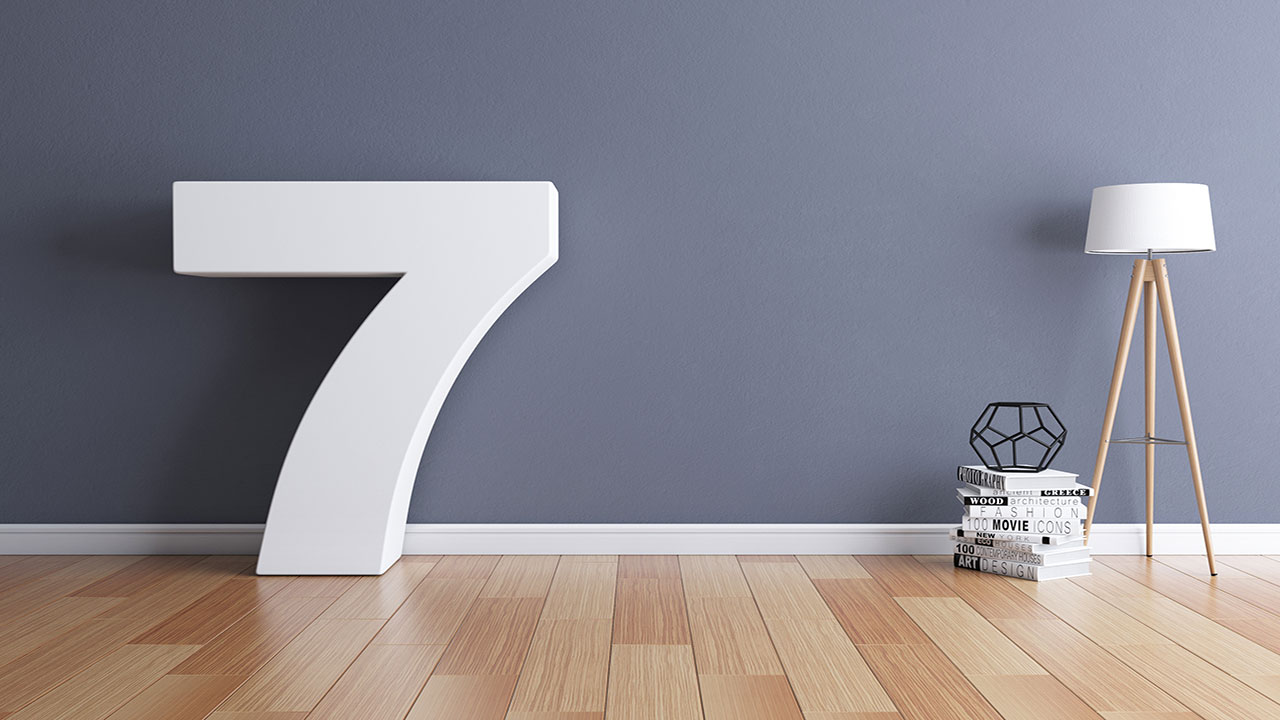
With the internet at your disposal, it’s easy to scope out what’s available for sale right now, and with all those Open Houses that take place every weekend, visiting homes for sale on your own is a real possibility. Even taking a DIY approach to selling property is possible, especially with the internet at your disposal.
Sure, it’s possible to buy or sell without a real estate agent, but it’s not recommended. In fact, it’s strongly advised against and could wind up being one of the biggest mistakes you ever make. Buying and selling real estate is a big deal and involves a lot of intricacies that you are likely unfamiliar with.
Considering how big this particular financial decision is, you definitely want to get it right the first time, and the best way to do that is by working with an experienced real estate agent.
Still not convinced? Here are just a handful of reasons why not working with an agent can prove to be disastrous.
1. You Have No Experience
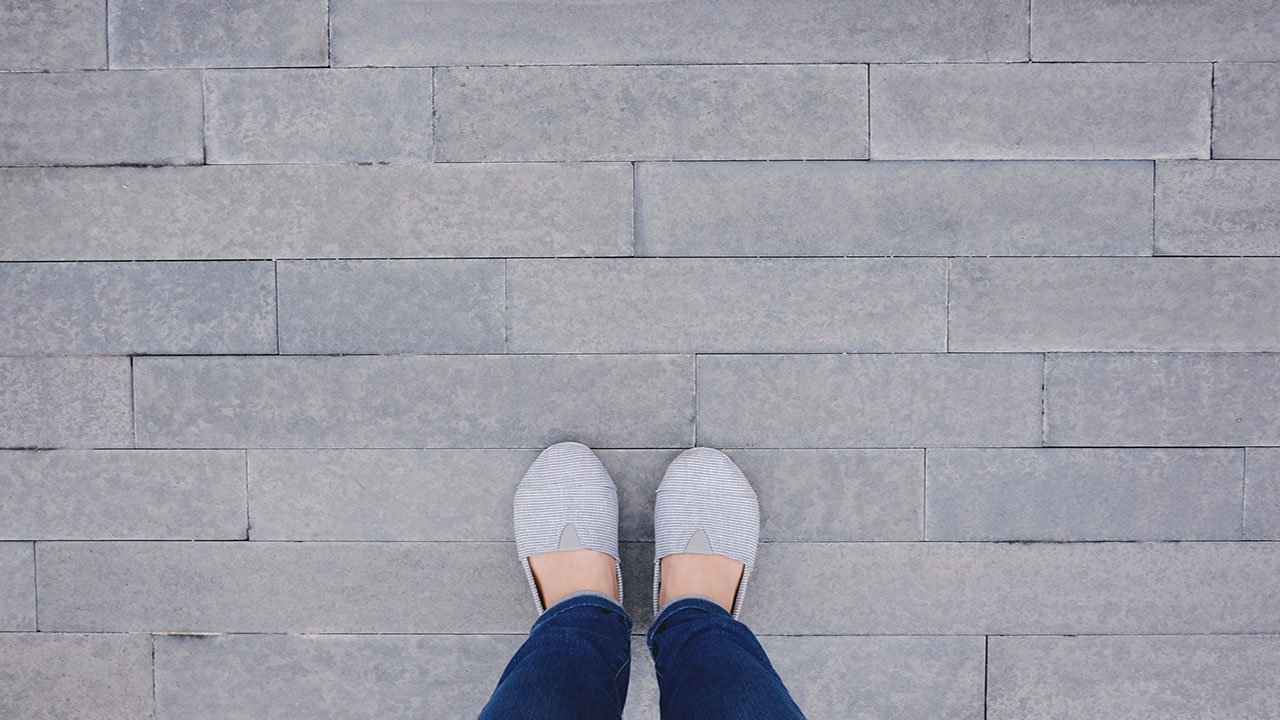
Unless you’re an agent yourself, you probably have very little to no experience buying homes. There’s a reason why agents undergo extensive training and study through courses before obtaining their license: there’s a lot to know about the industry. Participating in a real estate transaction without an agent is like going in blind.
Agents have a ton of expertise buying homes on behalf of clients. There’s a slew of forms and documents to have to sift through and sign, and you definitely don’t want to put your John Hancock on any legally binding contract that you don’t entirely understand. Plus, how will you even know how much to offer and what terms and clauses to include in a purchase agreement if you’re buying? And if you’re selling, how will you know how much to list for?
Realtors have a plethora of knowledge and experience in this realm, and not using their help is a big mistake.
2. You’ll Barely Scratch the Surface When Finding Homes For Sale
If you’re on the buying end of a deal, you might be able to find a number of properties for sale on the internet. But realtors are constantly networking with other agents and communicating about properties that are coming up on the market. As such, they’ll be able to help their buyer clients have a larger pool of properties to choose from. They may even be able to connect you with a home that hasn’t even hit the market yet.
3. You Don’t Experience Negotiating Real Estate Deals

Unless you’ve been immersed in negotiations for real estate, you’ll be at a serious disadvantage when it comes time to wheel and deal the best price, regardless of what side of the coin you happen to be on. With today’s housing market heating up, negotiations are more likely to be pretty heated, so you’ll want to make sure that you’ve got the negotiating abilities to score a good deal.
Think about the competition and the potential for bidding wars – wouldn’t you rather have an experienced professional in your corner to help ensure a successful transaction?
4. Your Network May Be Limited
When it comes to buying and selling real estate, a lot of other professionals typically play a role. Whether it’s interior designers, home stagers, contractors, lawyers, or home inspectors, many other experts often come into play, and real estate agents typically have a network of such professionals that they know and trust. Without such a network, finding a professional that you can count on can be a bit of a challenge. But with a realtor by your side, you can connect with another professional to meet your needs without any hassle.
5. Your Emotions Will Probably Get in the Way

It’s not uncommon for buyers and sellers to get emotional during a real estate transaction. This is especially true for sellers who have obviously developed an emotional connection with their homes and may get easily offended by lowball offers or criticism of certain aspects of the property.
In this case, emotions can get in the way of a smooth, streamlined deal, which is why it’s always best to have a neutral, unbiased third party act as a buffer in the negotiations to make sure that decisions are being made from the head rather than the heart.
Without an agent, you’ll have to deal directly with a buyer or seller, as well as all their rejections and objections. This can certainly be distressing at times, but an agent can neutralize such settings to ensure a successful transaction that every party can be satisfied with.
6. You Probably Don’t Have Enough Time to Go it Alone
Most likely, you’ve got a full-time job and don’t have a lot of time in your schedule to dedicate to buying or selling on your own. This is especially true for sellers who would be tasked with all the marketing, scheduling of showings, and fielding phone calls from potential buyers. There really is a lot of behind-the-scenes activity that real estate agents take care of that the average buyer or seller may not be aware of.
This is what they do for a living, and it takes up a better part of their day. Do you have the hours upon hours to dedicate to selling your home? Would you be able to take calls in the middle of your workday? Would you have the energy to deal with marketing your home and showing it to potential buyers after work or on weekends? Probably not, which is why your best bet is to hire a real estate agent to take care of all this legwork for you.
7. You Could Put Yourself at Legal Risk
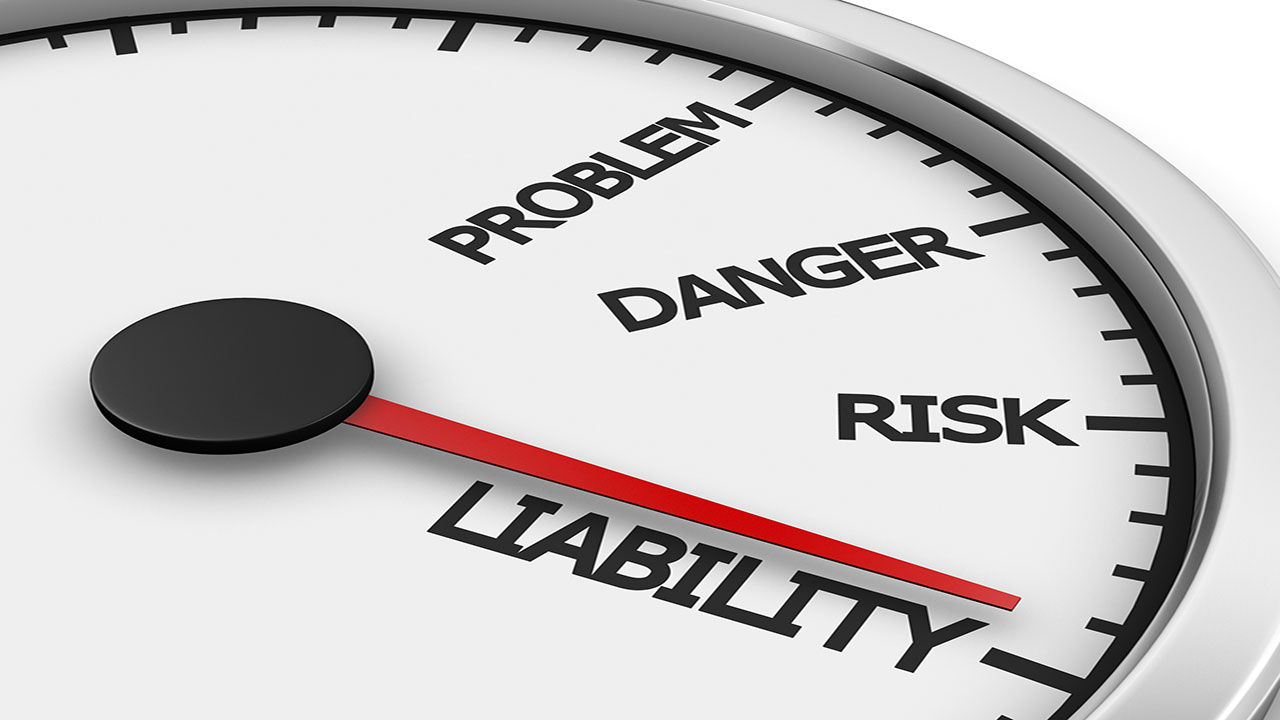
Buying and selling real estate is a legal process and involves a lot of paperwork that is legally binding once signed. All that legal paperwork needs to be entirely accurate and not omit or embellish anything. This is of particular importance for sellers who are ultimately responsible for drafting up paperwork that encompasses all necessary and pertinent information.
In particular, disclosures are huge, and sellers have a duty to disclose all relevant information regarding their home that would influence whether or not a buyer would be interested in making a purchase. If you’re a seller and leave out any relevant information – regardless of whether or not you were aware of such ommissions – you could land yourself in legal hot water once the buyer moves in and discovers any defects that weren’t disclosed.
But if you work with a real estate agent, you can effectively keep out of trouble, making an agent a crucial part of the real estate equation.
The Bottom Line
There’s really no reason to leave a real estate agent out of the picture when buying or selling homes. As a buyer, you don’t have to pay commissions anyway (since sellers typically cover this cost), so there really is no reason to go about finding and buying a home alone.
And as a seller, the legal ramifications are just too significant to risk selling a property without the aid of a professional. Any commissions paid can be easily recouped in a higher sale price, better contract terms, and protection from legal troubles that can realistically occur if your paperwork isn’t airtight.
With everything that real estate agents have to offer buyers and sellers in the real estate process, it makes sense to include them as part of this crucial process and transaction.

